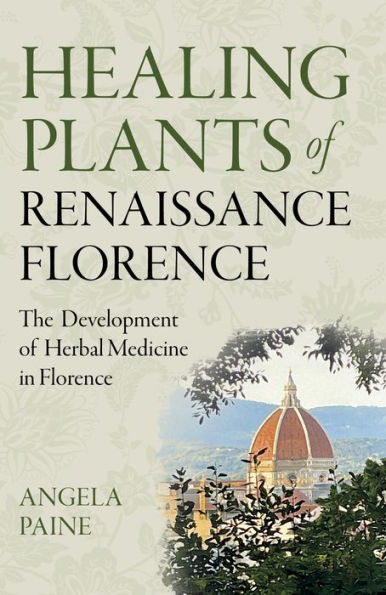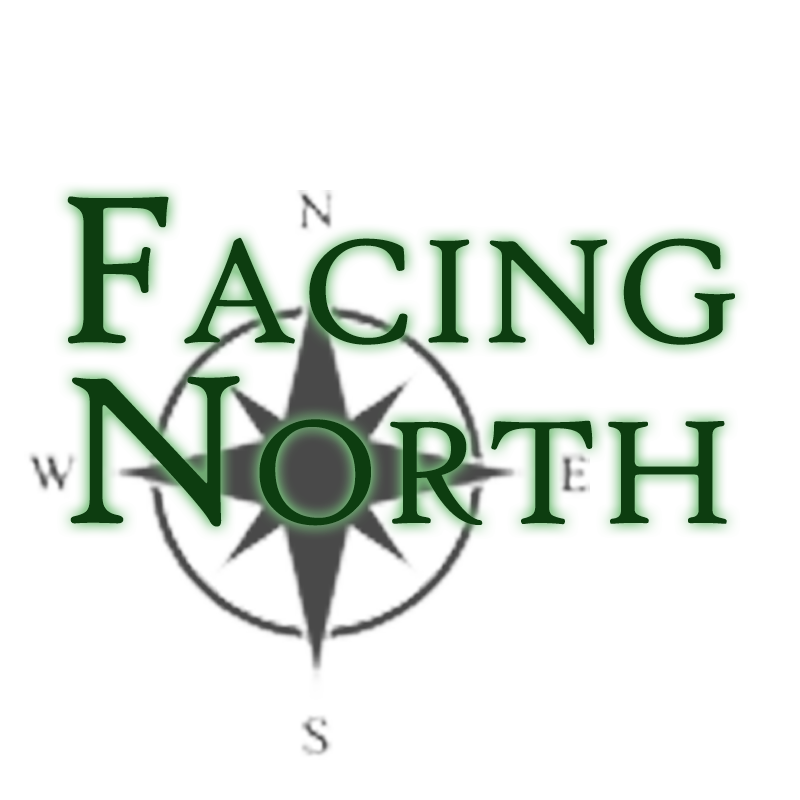Rarely have I found a book as fascinating as Healing Plants of Renaissance Florence. This is not merely a book of herbs but a tour de force through the historical and social milieu of the period. The Renaissance was such a remarkable time in which patrons sponsored early scientists and artists in experimentation leading to key developments. The introduction goes into the lesser-known details of the people who made this possible, the push and pull of society between the Catholic doctrine and the new discoveries, the rediscovery of ancient texts, and the need to keep these findings hidden from public view and church scrutiny. From descriptions of alchemical labs to political assassinations, the history will pull you in. The introduction explains the motivations for the experiments, the spiritual tenets underlying alchemy, and the lasting consequences of these experiments even to this day. This was the time of the birth of botany and chemistry as we now know them. After a historical review of medicinal plants, the book features 25 plants mentioned in the lists of the alchemical pharmacy of the Medici family.
Angela Paine, the author, holds a doctorate in medicinal plant chemistry and has had the wonderful opportunity to study plants in the botanical garden in Florence established during the Renaissance. Some of the original specimens or their descendants are still in the garden. Her description of plants and their uses is based on intense historical review of records but also goes into modern scientific literature so that instead of getting just the Renaissance understanding of herbalism, the reader will know if scientists today uphold the medicinal uses of yore. Not all plants have modern research, revealing a gap where the plant isn’t commercially interesting for new patented pills.
Each plant is described in scientific terminology and a line drawing of the plant at the beginning of the section allows for accurate identification. The chemical compounds that create the medicinal effects are named and the various uses of the plants discussed. Warnings are given where the plants have potential toxicity or reasons for concern. Throughout the book some of the plants are noted for their hallucinogenic effects-most of which also cause a host of unpleasant side effects and potential overdose and death! The very end of the book deals with the poison garden plants. Keep this book out of reach of children.
The language used to describe medicinal plants is familiar to botanists or herbalists but the average person may need to look up words like taxonomic families such as Rutaceae or medicinal terms such as anti-cholinergic. The descriptions of active compounds may confound people who aren’t used to reading science. For instance, the lemon is described as having an essential oil that “is rich in bioactive monoterpenoids, such as D-limonene, beta-pinene and gamma-terpinene. Lemons contain flavonoids: diosmin, hesperidin, limocitrin, eriodictyol, hesperetin, naringin.” Most of the reading is easier than this and if you aren’t as interested in the chemical components you can skip these sections to read more general information on plant uses.
I expect I will reread and keep this book for reference. My only complaint is that the herbs could have used a chart so that people could quick reference which ones have analgesic, antiviral, emetic or other qualities. But the information is excellent. The combination of history, traditional plant and herb knowledge and cutting edge scientific studies makes this a really unique herb book. The depth and breadth of knowledge is outstanding.
Highly Recommended.
~review by Larissa Carlson
Author: Angela Paine
Collective Ink, 2025
296 pages, $17.95

